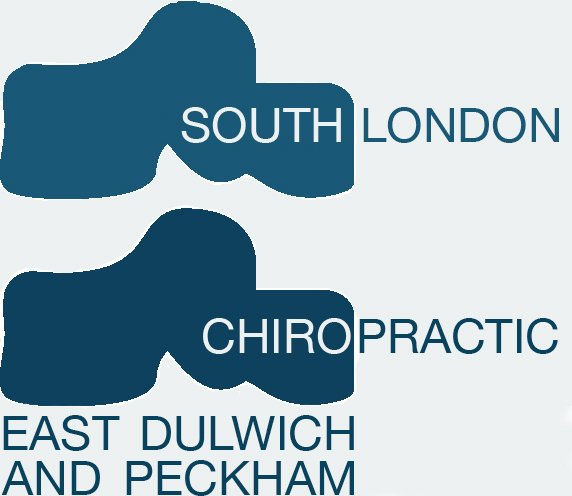As January unfolds in East Dulwich and the streets fill with determined new runners and gym-goers, it's worth taking a moment to consider how we can turn these New Year's health resolutions into lasting lifestyle changes. As a local chiropractor, I've seen countless patients whose enthusiasm for fitness led to early setbacks – but it doesn't have to be this way.
New Year's Resolutions: What Does the Science Say?
Research presents an interesting picture when it comes to New Year's resolutions. While studies show that only about 19% of people maintain their resolutions beyond two years, those who make New Year's resolutions are still ten times more likely to achieve their goals than those who don't set explicit targets for change.
The key difference between success and failure often lies not in the resolution itself, but in the approach we take to implement it.
Setting Yourself Up for Success: The Smart Approach to New Fitness Goals
Whether you're planning to join one of our local East Dulwich gyms, start running through Peckham Rye Park, or take up a new sport, here's how to make your fitness journey sustainable and injury-free:
1. Start Gradually
One of the most common mistakes I see in my practice is the "all or nothing" approach. Remember:
Your body needs time to adapt to new movements
Muscle strength builds incrementally
Recovery is as important as activity
Listen to your body's signals
2. Prepare Your Body
Before diving into a new exercise regime, consider:
Getting a movement assessment
Understanding your current physical limitations
Learning proper form and technique
Developing a personalised warm-up routine
How Your Chiropractor Can Support Your Fitness Journey
As your local East Dulwich chiropractor, we specialize in identifying movement patterns that could lead to future problems. Through careful assessment, we can spot potential issues before they develop into injuries that derail your fitness goals. We'll help you understand your body's unique biomechanics and provide specific guidance for your chosen activities.
The Science of Successful Exercise Habits
Research into habit formation reveals some fascinating insights. Studies show it takes an average of 66 days to form a new habit, though this can range from 18 to 254 days depending on the person and the habit. This means those crucial first two months are where you need the most support and structure.
Here's what science tells us about building sustainable exercise habits:
Exercise intensity should increase by no more than 10% per week to allow proper adaptation
Multi-joint exercises (like squats and push-ups) provide better functional strength than isolated movements
A minimum of 48 hours' rest between strength training sessions allows optimal muscle recovery
Morning exercise has been shown to have higher adherence rates than evening sessions
Practical Steps for Injury Prevention
Beyond proper form and technique, research highlights several key factors in preventing exercise-related injuries:
Sleep: 7-9 hours per night improves tissue recovery and reduces injury risk by up to 65%
Hydration: Even 2% dehydration can reduce performance and increase injury risk
Progressive loading: Start with bodyweight exercises before adding external resistance
Movement variety: Cross-training reduces repetitive strain and improves overall fitness
When to Seek Help
Book an appointment if you:
Experience persistent pain during or after exercise
Notice significant differences in flexibility or strength between sides
Want to ensure proper form before increasing exercise intensity
Have old injuries that concern you
Take the First Step
Don't let the fear of injury hold you back from your 2025 health goals. Click here to book an appointment at our East Dulwich practice to start your fitness journey safely and effectively.
About the Practice: Our East Dulwich chiropractic clinic specialises in supporting active individuals, desk workers, and pregnant women in achieving their health and movement goals through personalised care and evidence-based treatment approaches.



